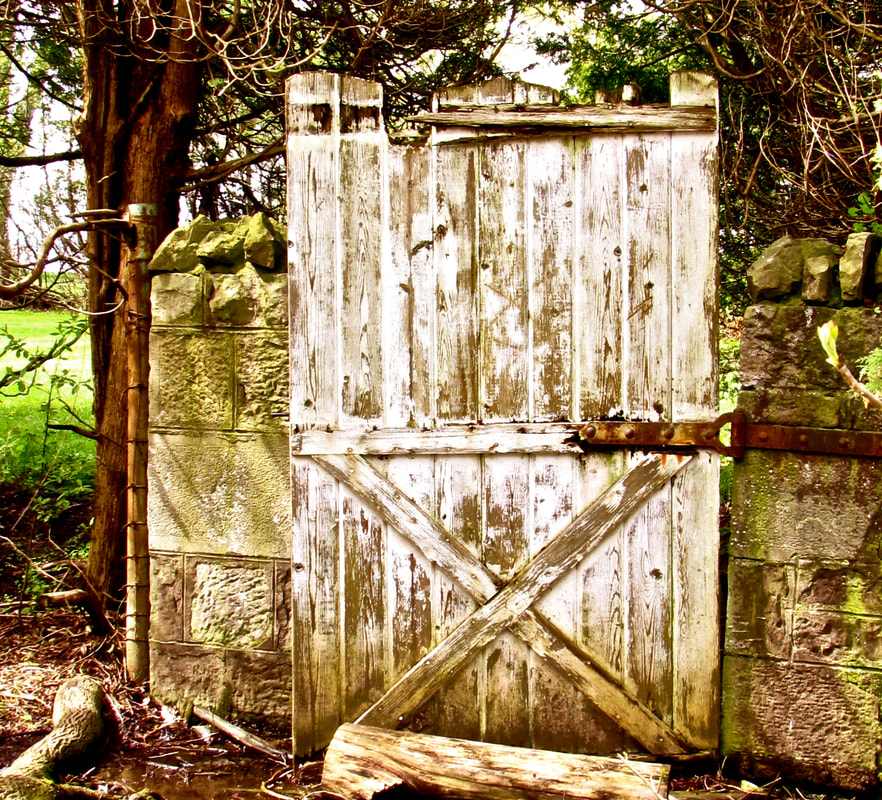 "The Floating World" glaze oil 10 x 30
"The Floating World" glaze oil 10 x 30 Haven't seen the toad today. We have great hopes for his attaining great age and girth: they can live to twenty, dignified and judicial. We put old plates here and there, propped up by a small rock, for him to seek shade. No garter snakes so far, although I can't imagine this old garden without one or two and trust that they are in there. Pre: West Nile, we had small ponds where we unsuccessfully tried to raise goldfish and grow waterlilies. The raccoons put paid to that effort, although they had no luck catching the elegant leopard frogs who showed up and moved in. Because the ponds were too shallow for the frogs to overwinter, I formed an emergency plan. In November, I dug them out of the mud where they were peacefully dormant and popped them into their new styrofoam sleeping chamber at the back of the fridge. All went well until they realized that the temperatures were above freezing and liberated themselves. Bit of a shock, that, when you're expecting to find milk, not half a dozen perky frogs. Jon and I agreed that Plan B had to be executed. Under cover of darkness we released them in a large deep pond nearby, where they gratefully dug in again, and probably founded a dynasty the next spring.
Butterfly shadows and froggy mud make me think of "ombre," which is French for "shadow." One of my favourite lines from a novel was "The archbishop's wife was a pale penumbra of the archbishop." Shadows certainly get a bad rap in literature until you think about how the world actually looks when there is a high overcast. All of the extremes of colour and value disappear and everything becomes bland. For this darkening, "umber," whether burnt or raw has proven to be a crucial colour in landscape painting. But apparently Umbria is running short of the original pigment and other sources have had to be found; as a result the tubes you buy can vary wildly from one to the next. Maybe I should be looking to grind my own. There's a pond nearby that just might work.

 RSS Feed
RSS Feed
